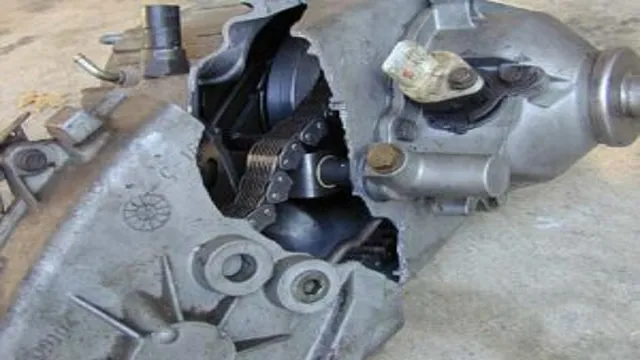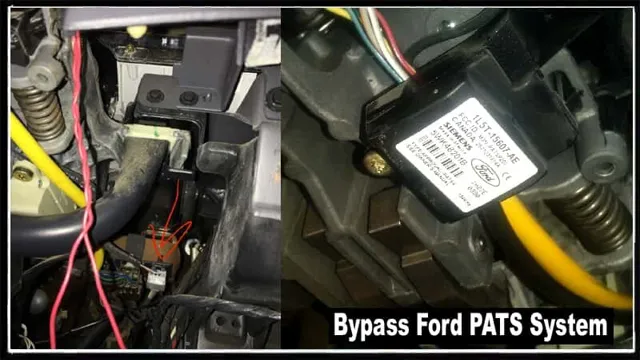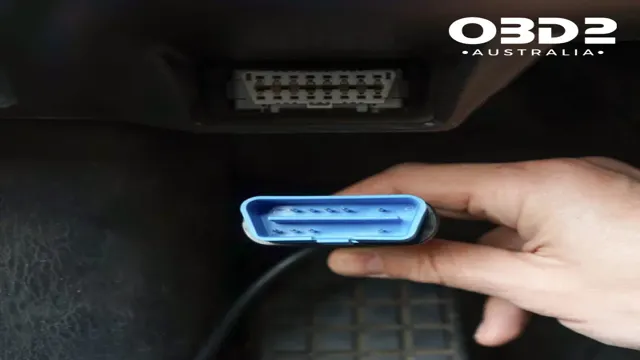How to Tell If Turbo is Bad: Quick Diagnosis Guide
When it comes to diagnosing potential issues with your vehicle, it’s essential to be aware of the signs of a bad turbocharger. A turbocharger plays a crucial role in the performance of your car’s engine, and if it’s not functioning properly, it can lead to a range of problems. In this article, we’ll discuss the symptoms of a bad turbo, how to test for a bad turbo, and the potential consequences of turbo failure.

Credit: whatsupwoodbridge.com
Symptoms of a Bad Turbocharger
There are several key indicators that may suggest a faulty turbocharger:
- Slower, louder acceleration
- Difficulty maintaining high speeds
- Blue or grey smoke coming from the exhaust
If you notice any of these symptoms, it’s crucial to address the issue promptly to prevent further damage to your vehicle.

Credit: blog.1aauto.com
How to Test for a Bad Turbo
Testing for a bad turbocharger involves a series of checks to assess its performance and condition. Here are some steps you can take to diagnose potential turbo issues:
- Test the compressor wheel on your turbo
- Check the blades for excessive oil
- Verify the wastegate’s operation
- Inspect the diverter valve
- Examine the hoses connected to the turbo
- Assess the turbines
By conducting these tests, you can gain insight into the condition of your turbocharger and determine if it requires maintenance or replacement.
Potential Consequences of Turbo Failure
When a turbocharger malfunctions, it can lead to a range of issues that may impact your vehicle’s performance and longevity. Some potential consequences of turbo failure include:
- Excessive exhaust smoke
- Poor acceleration or throttle response
- Loud noises upon startup
- Reduced fuel economy
- Check engine light illumination
Addressing these symptoms promptly is crucial to prevent further damage to your vehicle’s engine and ensure its continued performance and reliability.
Frequently Asked Questions
What Are The Symptoms Of A Bad Turbo?
Symptoms of a bad turbo include slower acceleration, difficulty maintaining high speeds, and blue/grey exhaust smoke.
How Do You Test For A Bad Turbo?
To test for a bad turbo, you can check for symptoms such as slower acceleration, difficulty maintaining high speeds, blue/grey smoke from the exhaust, and odd noises. You can also test the compressor wheel, check the blades for excessive oil, inspect the wastegate’s operation, diverter valve, hoses, and turbines.
If you notice any of these symptoms or issues, it’s best to take your vehicle to a mechanic for further diagnosis.
What Does A Faulty Turbo Sound Like?
A faulty turbo may produce a loud, high-pitched whining or screaming noise. It can also cause the engine to emit blue or grey smoke from the exhaust. Additionally, you may experience reduced power and slower acceleration. Regular maintenance and timely repairs can help prevent these issues.
What Does A Turbo Do When It Goes Bad?
A faulty turbo causes loss of power, slow acceleration, and blue/grey smoke from exhaust due to oil leak.
Conclusion
Recognizing the signs of a bad turbocharger and understanding how to test for potential issues is essential for maintaining your vehicle’s performance and longevity. If you suspect that your turbocharger may be malfunctioning, it’s advisable to consult a qualified mechanic for a thorough inspection and necessary repairs. By addressing turbo issues promptly, you can ensure the continued performance and reliability of your vehicle.





